
Recently my husband and I traveled back to our neighboring hometowns for a family funeral. We’d been back for visits periodically, of course, but we haven’t lived there for 50 years.
Each time we visit, I feel a distinct sense of dislocation. The adage “you can’t go home again” is true for two reasons:
- Your hometown is not the same place as it once was.
- You are no longer the same person you used to be.
Most “you can’t go home again” novels I can think of involve small towns. I grew up in a small town in New England. With only one elementary school in the town, I knew all the kids in the same grade with me, and I knew just about everybody, and all their siblings, in the entire school as well. Our parents all knew each other, and many of us had grandparents who knew each other. Some of the roads in the town were named after prominent multi-generational resident families, such as Lyons Road. Janie Lyons was a couple of years younger than me, and her mother and my mother had gone to school together.
All of this intergenerational overlapping within the same limited geographical boundaries makes privacy nearly impossible. Anybody who had a deep, dark secret in their past that they wanted to keep hidden would have to leave such a small town and start a new life somewhere else. This is probably why the protagonists of “you can’t go home again” novels come predominantly from small towns rather than from big cities. And it’s also probably why most such novels have at their heart some damning action or traumatic event from the past.
Here are five “you can’t go home again” novels that illustrate the Big Three of mystery/thriller tropes: secrets, lies, and betrayals.

All the Missing Girls by Megan Miranda
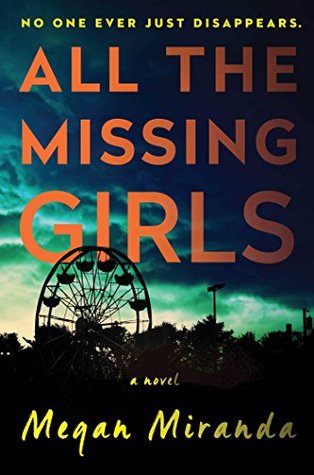
In this prototypical “you can’t go home again” novel, Nicolette Farrell returns to the home town she left 10 years ago to help care for her aging father who exhibits early signs of dementia. Now engaged and working in a city, she returns to the place where everyone knew her as Nic and remembers that she, her brother, and her hometown boyfriend were involved in the unexplained disappearance of her best friend back then.
Soon after Nic returns, another girl vanishes under similar circumstances, and suddenly Nic and those around her are once again under suspicion. To understand what is happening now, Nic begins to try to understand what happened to her friend all those years ago. But does she really want to know the answers to all the questions that her previously unexamined memories turn up?
The Dry by Jane Harper
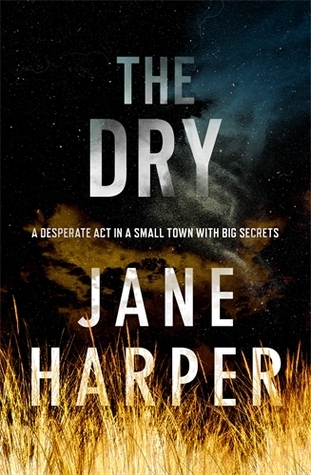
In Harper’s stunning debut novel, federal investigator Aaron Falk travels from Melbourne back to the small Australian farming community where he grew up to attend the funeral of his childhood best friend, Luke Hadler, and Luke’s wife and six-year-old son. The Hadlers were shot in their home, with only infant Charlotte left alive. The working theory is that Luke, under significant financial pressure, killed his wife and son before turning the gun on himself.
But Aaron doesn’t believe Luke would have killed either his family or himself. Back in their teenage years, Aaron and Luke came under suspicion for murder, but the case was never solved. Now Aaron begins investigating the Hadlers’ murders, wondering if this case could be related to that earlier one. What he learns solves both cases and explains why Aaron’s father moved his teenage son to Melbourne, a lifestyle change that young Aaron hated and resented.
Sharp Objects by Gillian Flynn
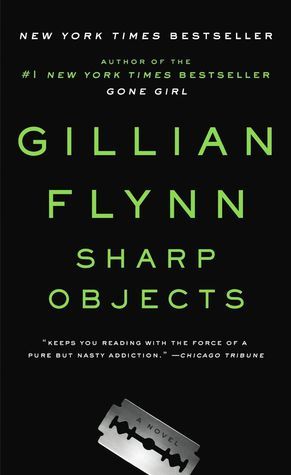
Before Gillian Flynn wrote Gone Girl, she wrote Sharp Objects, the story of troubled reporter Camille Preaker. Camille has just returned from a stay at a psychiatric hospital to her job at a city newspaper when two young girls are murdered in her small, rural home town. When her editor tells her to go visit her family and report on the crime, Camille tries to get out of the assignment, which will reunite her with the domineering, narcissistic mother who never loved her and the much younger half-sister whom Camille barely knows.
But keeping her job depends on her compliance, so Camille goes back to the poisonous environment she’s been trying all her life to escape. The assignment forces her to experience some of her childhood pain all over again but also suggests she may begin to find a pathway toward healing.
The Lying Game by Ruth Ware
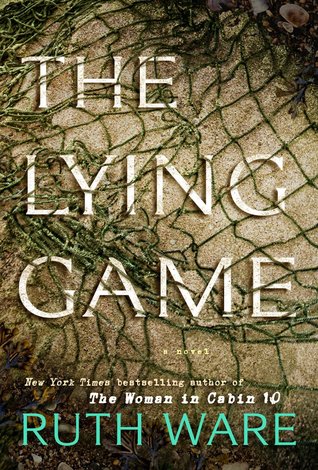
This novel (my least favorite of Ruth Ware’s novels so far) illustrates a variation on “you can’t go home again” novels: the return not necessarily to home, but to a place where a significant childhood action or event occurred. The crucial location here is Salten, a girls’ boarding school in a small English village near the cliffs of the English Channel. Four girls—all misfits for various reasons—meet here as teenagers and form an exclusive clique. They alienate everyone else by their constant lying game, unending attempts to pass off outlandish claims as true. The main rule of the lying game is that they are never to lie to each other.
Seventeen years later three of these women, now in their 30s, receive a text message from the fourth, Kate: “I need you.” The three women, all living near London, drop their professional and family lives to run back to Salten, no questions asked, to help Kate. The novel then proceeds in two separate strands, one the present time and the other in the past, the year the girls spent at school together. Kate is still living in the home she shared with her father, the school’s art instructor, during that year, and much of the backstory focuses on how much idyllic time the four girls spent together in that house, a kind of surrogate home for the other three with unstable family lives, before their antisocial behavior got them all expelled.
As the complex mystery unfolds, the changed situations of the adult characters strain relationships formed around such a tenuous bond so long ago. As the women come to understand how both their schoolmates and the village residents viewed them back then, they discover that they truly can’t go home again.
The Chalk Man by C.J. Tudor
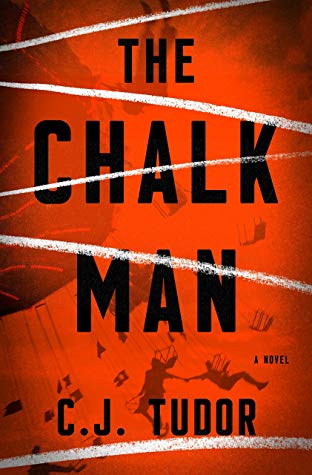
This novel illustrates another variation on the “you can’t go home again” formula: Sometimes you can’t go home again even if you never left in the first place.
In 1986, 12-year-old Eddie and his friends rode bikes around their English village. To stave off boredom they developed their own secret code, chalk stick figures they used to send messages to each other that no one else could understand. This was great fun—until a mysterious chalk man message appeared and lead them to a dead body.
Thirty years later, Ed still lives in the same village. When he and a friend each receive a letter in the mail containing a chalk figure, they think it must be a prank. But when another death occurs, Ed realizes that to save himself, he’ll have to figure out what happened in the village all those years ago.
© 2019 by Mary Daniels Brown


I hadn’t realized that “you can’t go home again” novels were so formulaic.
That’s an interesting point, Liz. Yes, there IS a sort of formula, but what makes individual books stand out, for me, is the unique way in which the author puts the various pieces together. These are 5 of the best I’ve read that use this pattern, and they’re all quite different. All the Missing Girls, for example, uses a backwards narrative structure, while The Dry is also a study in how to write description with the way Harper makes the reader feel both the heat and the despair in this poor rural community.
What you’re saying makes sense. I’d just never noticed the pattern until you pointed it out.